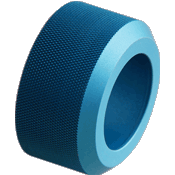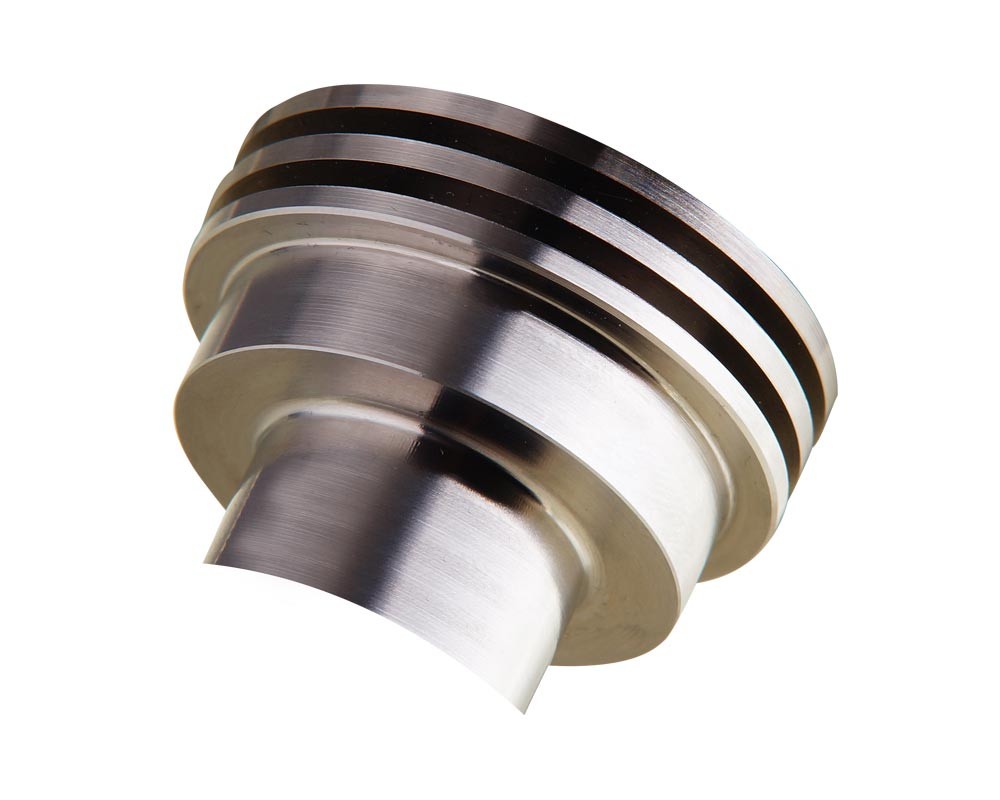CNC turning
Having operated in the turning machining sector and various other specialist areas since 1994, we can look back on many years of experience in professional machining using state-of-the-art CNC turning machines (CNC lathes). We manufacture your turned part as a single component or in a small series. To do this, we process stainless steel, aluminium, brass, and titanium, as well as various plastic materials.
- CNC turning from bars with diameters of up to ø 81 mm
- Workpiece diameter: 1 mm to 400 mm
- Hard turning on high-precision CNC turning machines
- Hard turning on high-precision CNC turning machines
- CAM programming system with interface for all common file formats
- Manufacture of miniature components
We look forward to receiving your enquiry via our contact form, by e-mail or phone.
General information on CNC turning
Turning is as a machining (chip cutting) process. A turning tool (lathe tool) removes chips from a workpiece consisting of plastic or metal. This type of cutting is performed automatically on a turning machine or manually on a turning lathe (only on rare occasions today).
During this process, a semi-finished product rotates as the workpiece and thus executes the main cutting movement. The tool slide, with the turning tools clamped in, provides for the necessary feed movement. Furthermore, it executes the depth setting movements which bring the turning tool into contact with the semi-finished product. Consequently, workpieces which had to be milled in the past can nowadays be manufactured on turning machines based on CNC technology.
CNC turning enables the manufacture of extra-small turned parts in particular. Based on metal and also increasingly on plastic, these extremely small, high-precision turned parts play a vital role in medical engineering, micromechanics, and watchmaking.
In the woodworking sector, woodturning is a procedure which strongly resembles turning. Sometimes simply referred to as “turning”, woodturning today also benefits from certain technologies of modern plastic and metal processing. In particular, woodturners nowadays also rely on CNC machines in order to manufacture highly complex wood contours in the most efficient manner.
Actuated by a motor- or belt-driven main spindle, a rotation axis thus becomes available.
The workpiece is clamped onto the main spindle by means of a clamping chuck or clamping tongs.
The z-axis corresponds to the position of the spindle on the imaginary axis towards the tailstock which supports the processing of long turned parts.
During CNC turning, a turning machine executes every feed movement, as well as all other movements, under the supervision of a computer programme. To achieve this, the programme successively transmits instructions to the numeric controller of the turning machine. The necessary CNC programme must first be created on the machine; alternatively, the operator can copy the programme from a data carrier onto the machine. Authors of CNC programmes attach particular importance to the efficient use of machine resources; in many cases, the controlling computer repeatedly uses the same resources for the manufacture of large quantities.
The advantage of CNC machines lies in the use of many different turning tools which enable the safe and effective processing of complex contours thanks to a programmed sequence.
In addition, driven tools enable processing steps which in the past required the use of milling machines, such as engraving.
By means of special-purpose measuring instruments, a CNC program can measure the dimensions of a turned workpiece. During CNC turning, a state-of-the-art turning machine thus integrates a quality check into its versatile work process.
In general, the CNC-based automation of a turning machine provides numerous advantages, such as the constantly high quality of all workpieces. Even large quantities can thus be manufactured with the utmost efficiency. Production planning accuracy increases drastically because identical work steps executed on the same machine always require the same amount of time.
It is also possible to connect several CNC turning machines in a natural manner in order to set up a powerful manufacturing system. Several machines connected to the same system thus operate in parallel in order to manufacture identical or different workpieces; it is also possible that some machines process the same workpiece in series.
We are the competent partner at your side to also support you in the field of CNC milling.












